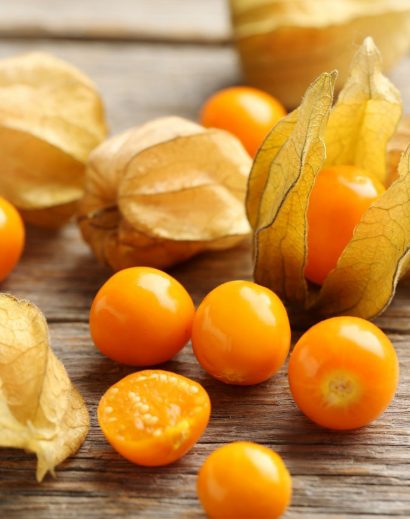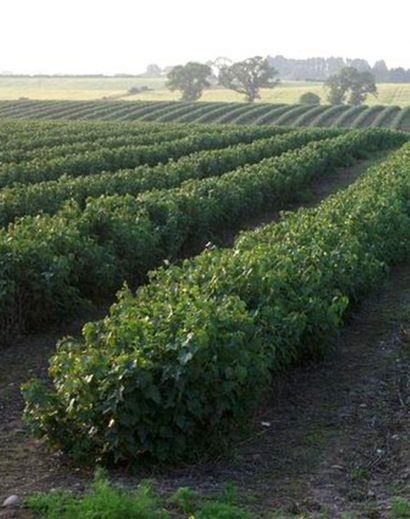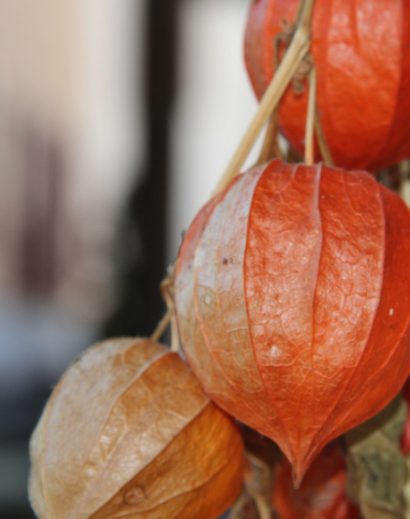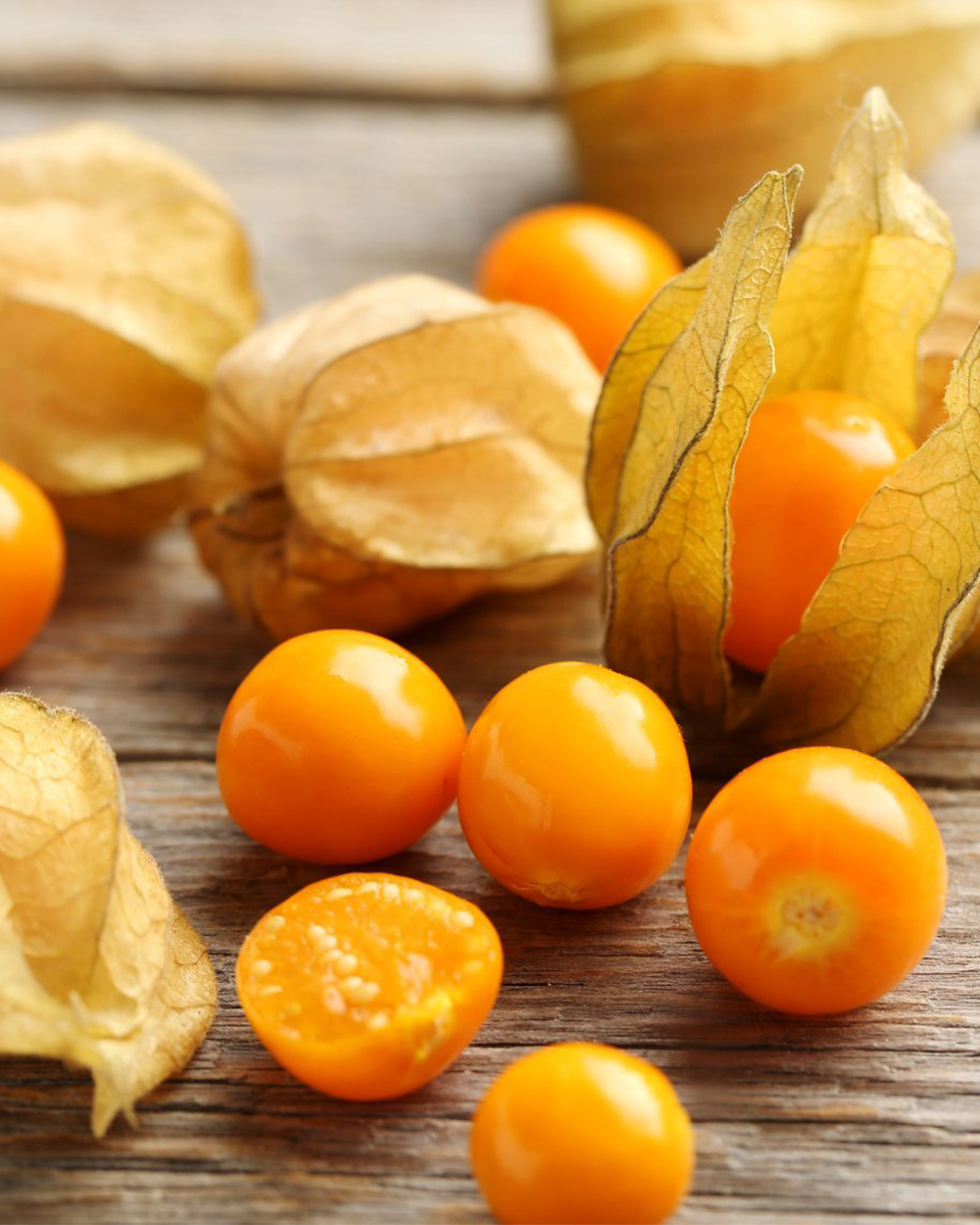Golden colored gooseberries, also known as yellow gooseberries, are a type of fruit that belong to the Ribes uva-crispa species. These gooseberries are known for their distinctive golden or yellow hue, which sets them apart from the more common green or red varieties. Here’s a description of golden colored gooseberries:
- Color: As the name suggests, the defining feature of golden colored gooseberries is their vibrant yellow or golden skin. The shade can vary from pale yellow to a deeper, almost orange-yellow, depending on the ripeness of the fruit.
- Size: Golden gooseberries typically range in size from small to medium, similar to other gooseberry varieties. They are usually about the size of a grape, with a diameter of roughly 1/2 to 1 inch (1.3 to 2.5 centimeters).
- Shape: These gooseberries have a round to oval shape, with a slightly translucent appearance when ripe. They may have a few fine, pale veins on their skin.
- Texture: The skin of golden gooseberries is smooth and somewhat waxy, while the flesh inside is juicy and succulent. The texture is a pleasant combination of slightly tart and sweet when fully ripe.
- Flavor: Golden gooseberries have a unique flavor profile. They are generally sweeter than green gooseberries but still have a pleasant tartness. The taste can be described as a blend of honeyed sweetness and a mild citrus tang.
- Use: Like other gooseberries, golden gooseberries are versatile in the kitchen. They can be consumed fresh, used in various culinary applications, or turned into jams, jellies, pies, tarts, or desserts. They also pair well with other fruits in fruit salads and can be used to make refreshing beverage





Reviews
There are no reviews yet.